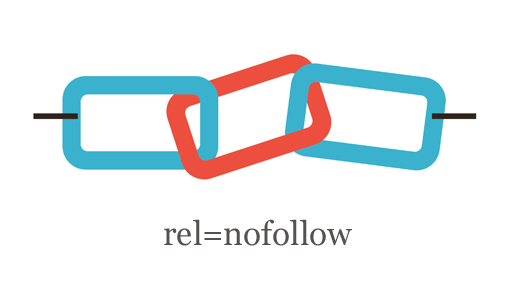If a person uses rel=”nofollow” attribute in hyperlinks of his website, then he is telling Google that it may be a commercial link or a spam. This attribute also tells Google that the person whose website has this link doesn’t endorse it.
The concept of nofollow links was introduced in 2005, in order to discourage the comment spammers. If you are familiar with SEO, then you may know that one of the factors that Google consider while ranking a website is the number of inbound links (the number of other websites linking to it).
In order to boost a website’s rankings, people try to put links on reputable websites, by using the comment section of the blogs. To stop the spamming, the concept of nofollow links was introduced. But with the passage of time, this concept has evolved itself. This attribute is now in the most recent W3C HTML specification.
The nofollow attribute is now widely used for commercial links. These links include banner ads, sponsored content, affiliate and paid links. So, when should you use nofollow attribute in your website? There are two situations.
- When you don’t endorse a link
- When the link is for commercial purposes

